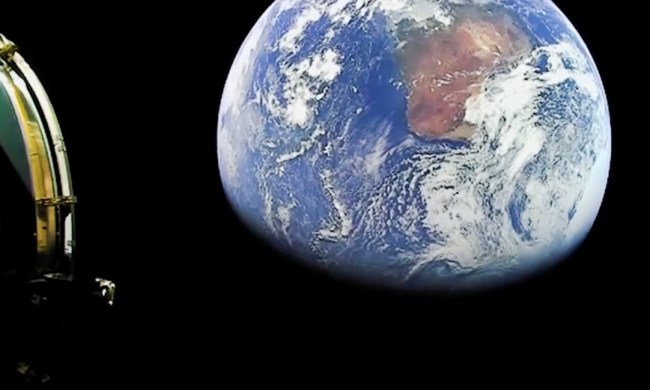Most of us learned in school that the Earth has four layers in its internal structure: the crust, the mantle, the outer core, and the inner core. But recent research reveals that the inner core itself has layers, and that there is a fifth layer to this picture. The innermost inner core is thought to be a solid metallic ball around 400 miles across, according to seismologists from the Australian National University.
By studying the seismic waves that pass through the planet during events like earthquakes, seismologists can learn about the interior of the planet. For decades, scientists have debated whether the planet has a solid ball within the inner core, which is composed of an iron-nickel alloy. Now, the researchers say they have support for this idea from studying around 200 earthquakes, each of which created seismic waves that bounced off the core.
The research is important because if there are, in fact ,two layers to the inner core, that suggests they were formed at two different time periods in the Earth’s formation. “This inner core is like a time capsule of Earth’s evolutionary history – it’s a fossilized record that serves as a gateway into the events of our planet’s past. Events that happened on Earth hundreds of millions to billions of years ago,” said one of the researchers, Hrvoje Tkalčić, in a statement.
The researchers used a new technique to boost the signals that were recorded by seismology instruments, and so were able to see the signals bouncing off the core multiple times. By seeing how these waves were slowed down or sped up by the material they moved through, seismologists can learn about the material properties of different parts of the planet’s interior. “The findings are exciting because they provide a new way to probe the Earth’s inner core and its centremost region,” said another of the researchers, Thanh-Son Phạm.
The interesting question now is how the two layers of the inner core formed. The researchers suggest there could have been a major event in the development of the planet that created major changes to the structure of the core. “There are still many unanswered questions about the Earth’s innermost inner core, which could hold the secrets to piecing together the mystery of our planet’s formation,” Tkalčić said.
The research is published in the journal Nature Communications.



